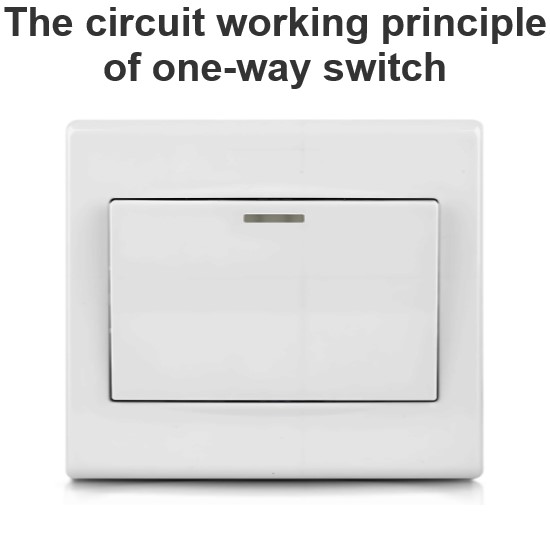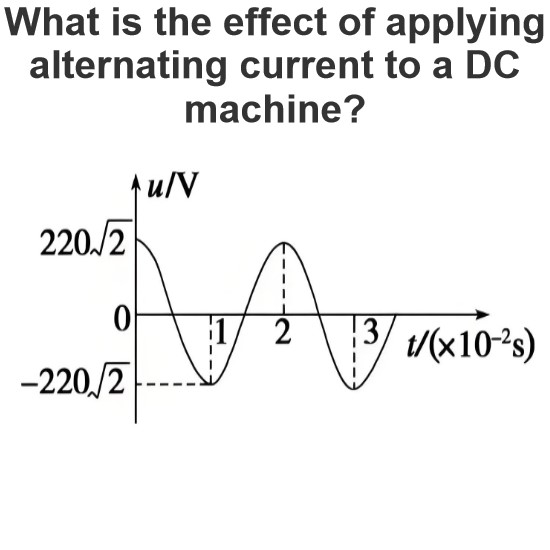What is a Voltage Multiplier?
What is a Voltage Multiplier?
Voltage Multiplier definition
A voltage multiplier is a circuit that produces a DC voltage that is much higher than the peak AC input voltage by using capacitors and diodes.
How the Voltage Multiplier works
Using the energy storage characteristics of capacitors and the unidirectional conductivity of diodes, the voltage multiplication process is as follows:
First, the input AC power is passed through a rectifier, usually rectified using a diode or a rectifier bridge, converting the AC signal into a one-way pulsating DC signal.
Secondly, the pulsating DC signal obtained after rectification is further passed through the capacitor. When the positive periodic peak value of the pulsating DC signal is greater than the voltage of the capacitor, the capacitor begins to charge.
Again, when the charge is complete, the capacitor begins to discharge. During discharge, the voltage is continuously superimposed by a capacitor connected to another rectifier.
Finally, the process of charging and discharging is repeated so that the voltage is gradually multiplied. In a multistage multiplier circuit, each level of voltage is twice that of the previous level.
Voltage Multiplier application
Microwave oven
A strong electric field coil for a cathode-ray tube
Electrostatic and high voltage test equipment
The Electricity Encyclopedia is dedicated to accelerating the dissemination and application of electricity knowledge and adding impetus to the development and innovation of the electricity industry.













